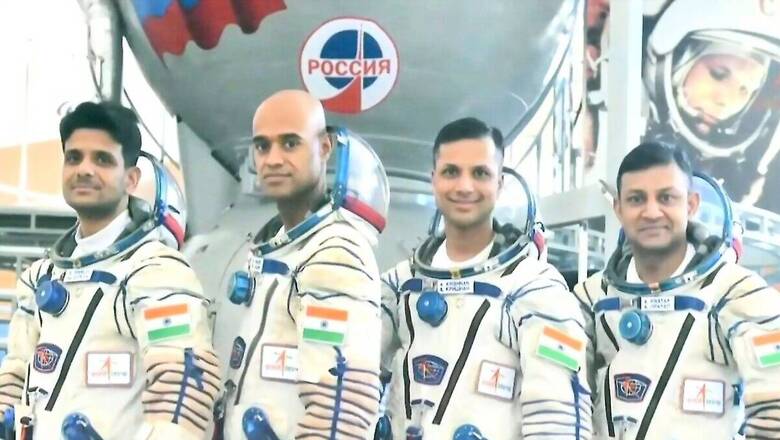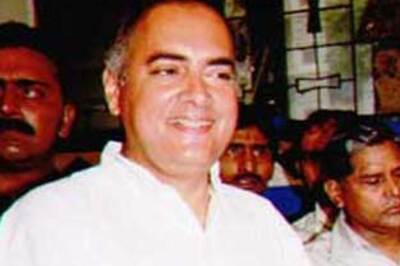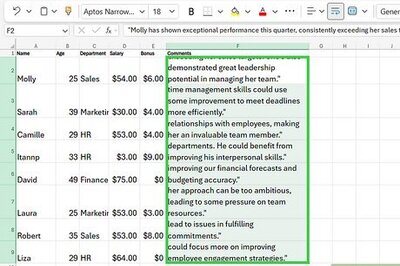
views
“The countdown of the rocket inspires lakhs of children in India, and those making paper planes today dream of becoming scientists. In this Amrit Kaal, an Indian astronaut will land on the moon in an Indian rocket,” said Prime Minister Narendra Modi. Most of the millennials born between the 1980s and 1990s must have faced some dilemma. When someone expressed their wish to become a scientist a few decades ago, they would have got the reply that there is no hope for a career in the field of research or science in India.
India’s giant leap into space
With enthusiasm, the prime minister introduced the four astronauts of Gaganyaan, the first human spaceflight mission of India, and announced that India will have its own space station by 2035. One noticeable point is that most of the apparatus of Gaganyaan is ‘Made in India’.
“The four astronaut-designates are not just four names or individuals, they are four ‘shakti’ carrying the aspirations of 140 crore Indians into space. The four astronaut-designates symbolise the trust, courage, valour and discipline of today’s India,” Modi said.
Here is the ‘Naya Bharat’ under PM Narendra Modi.
The government has given a big boost to research and innovation in all fields since the beginning and the results are evident now. Prime Minister Modi last month inaugurated three new space infrastructure projects worth around Rs 1800 crore during his visit to Vikram Sarabhai Space Centre, in Thiruvananthapuram, Kerala.
In March 2019, India successfully conducted Mission Shakti and tested the anti-satellite missile system. India was the only country to successfully land on the south pole of the Moon on August 23, 2023, through Chandrayaan-3. The nation has established various records like reaching Mars in the first attempt of Mission Mangalyaan, launching 100 satellites in a single mission and the successful insertion of the Aditya L1 solar probe in its orbit 15 lakh kilometres from Earth. India launched 400 satellites in the last 10 years of the Modi government, as compared to just 33 before 2014.
“Namaste World: From the G20 presidency” — This was the first message from an 8-kg micro-satellite developed by 750 girls from rural India. The number of youth-based space startups has increased to over 200 now from just two in 2014. India has earned over Rs 4,000 crore by launching over 430 satellites for foreign nations, including Australia, Brazil, France, Israel, Japan, Malaysia, Singapore, the United Kingdom, and the US. This era of Prime Minister Modi has undoubtedly resulted in a watershed moment in the history of Indian research and innovation. The future projects also are ambitious and interesting. The Indian government aims to explore the deep sea through ‘Samudrayaan’.
What made the difference?
The policies of the Modi government have given a huge impetus to space research, which was previously subjected to gross negligence. The government increased the allocation of funds to space research. Participation of private partners was also encouraged. The Anusandhan National Research Foundation Bill, 2023, was rolled out with a budget of Rs 50,000 crore for five years. This public private partnership (PPP) model could be a game changer with investments of more than Rs 36,000 crore estimated to be coming from the private sector and Rs 14,000 crore from the government.
The budget of Chandrayaan-3 was Rs 615 crore, while the unsuccessful Russian lunar mission cost Rs 16000 crore. This became a case study for space missions. Modi government has allocated a budget of over Rs 9023 crore to Gaganyaan.
Several incentives were provided to startups through schemes like Stand-Up India, Credit Linked Guarantee Scheme, PLI scheme, etc. A new initiative was launched by the Modi government which made it mandatory for corporates to earmark 10 per cent of Corporate Social Responsibility funds for research and development. Students across the country from high schools, colleges and universities were enrolled in space research training programs. Satellites developed by students were successfully launched by the Indian Space Research Organisation (ISRO).
The government recently approved the FDI policy to allow 100 per cent foreign investments in the space sector. This will further increase the arena of space research in India with the involvement of bigger players.
Scientists have gotten full support irrespective of the results of missions. “This is the moment when a nation stands tall, India is with you,” saying these words, PM Modi had consoled the then ISRO chief K Sivan, who broke down into tears at the failure of Chandrayaan-2, an attempt at a soft landing on the Moon in 2019.
In science, experiment failures lead to success ultimately. The government has increased awareness about space research. People celebrated the success of Chandrayaan-3 with huge pomp and fervour. The scientists became role models and heroes for many aspiring young Indians. ISRO director, S Somanath, receiving a standing ovation on a flight was a memorable unforgettable sight.
Space Technology for all
Space technology has been utilised in varied fields of communications, agriculture, irrigation, climate change, weather prediction, navigation, fisheries, health, education, border security, internal security, forestry, mining, etc, helping citizens from all walks of life. Farmers and fishermen are able to get accurate predictions of the weather. Army and police can monitor and track the activities and even cross-border infiltrations accurately. India now has the capability to destroy satellite-based communication mechanisms in space and intercept inter-continental ballistic missiles.
The Modi government has been successful in bringing social, economic and developmental transformations utilising space technology and research. By the next decade, India’s space economy is expected to grow by five times and touch Rs 3.96 lakh crore ($44 billion). The youth of the nation have huge opportunities to further explore the unexplored domains of research.
“All of you, ISRO and the entire space sector have a huge role in building a Viksit Bharat,” these words of PM Modi are absolutely true.
(Dr Vinusha Reddy is the author of the book ‘India Before & After 2014’, Delegate of BRICS Political Parties Plus Dialogue Summit, Official Spokesperson, in charge of policy & Research, Mahila Morcha BJP Andhra Pradesh. Views expressed in the above piece are personal and solely those of the author. They do not necessarily reflect News18’s views)



















Comments
0 comment